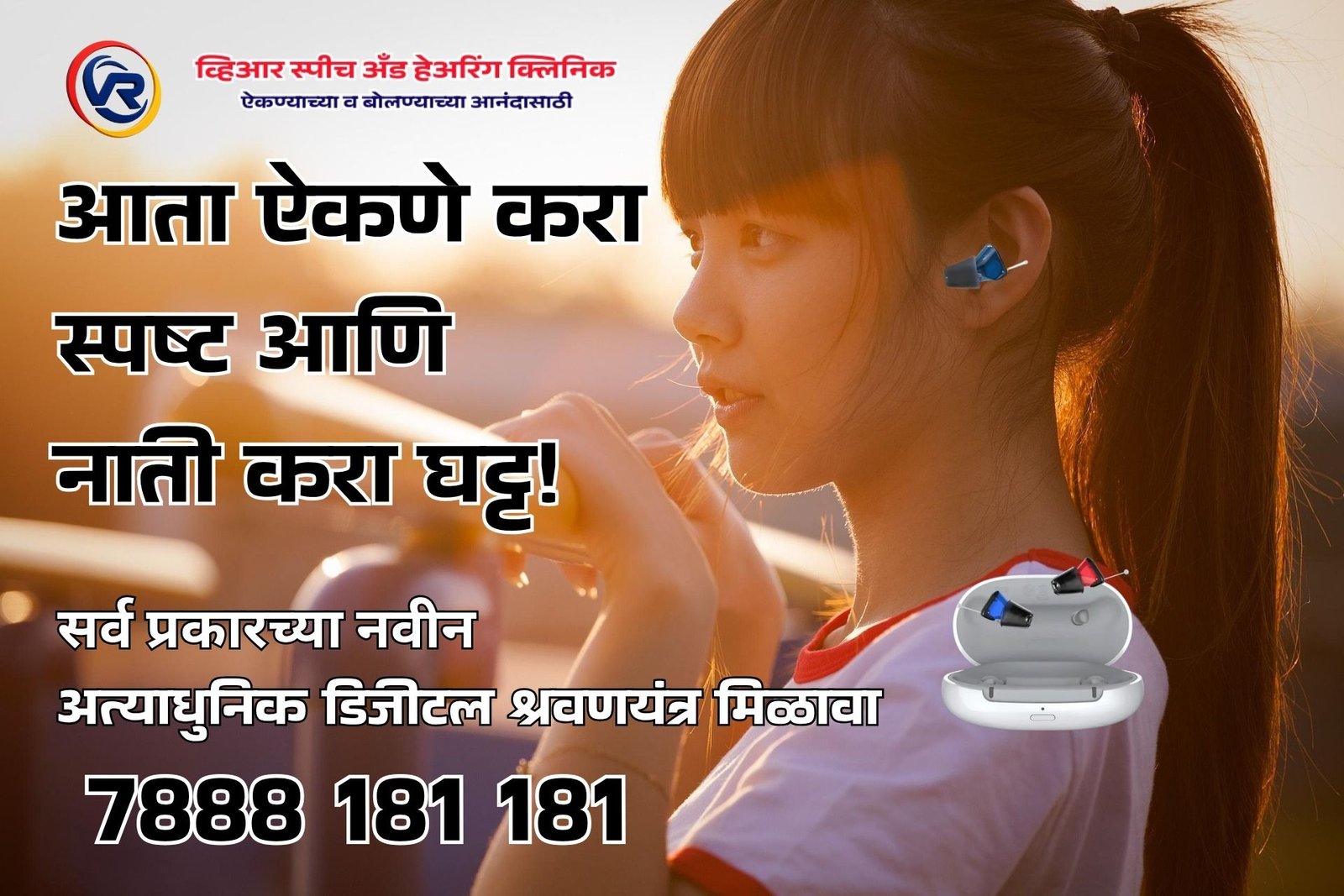Earwax, also known as cerumen, is a natural substance produced by glands in the ear canal to protect, lubricate, and clean the ears. While it’s beneficial in moderate amounts, excessive earwax buildup can lead to discomfort, itching, hearing difficulty, or even temporary hearing loss. That’s where ear wax removers come into play — offering a safe and effective way to maintain ear hygiene.
Contents
Understanding Earwax and Its Role
Many people don’t realize that earwax plays an important role in ear health. It helps:
-
Trap dust, dirt, and microorganisms to prevent infections.
-
Moisturize the ear canal, reducing dryness and irritation.
-
Naturally expel debris as it moves outward with jaw movements like chewing or talking.
However, problems arise when earwax accumulates excessively or becomes impacted. This may occur due to the use of cotton swabs, hearing aids, or naturally narrow ear canals.
Types of Ear Wax Removers
There are several types of ear wax removers available, each with a specific purpose and safety level:
-
Ear Drops (Softening Agents)
-
Contain ingredients like hydrogen peroxide, glycerin, or saline.
-
Help soften hardened wax, making it easier to remove naturally.
-
Ideal for mild blockages or regular maintenance.
-
-
Ear Irrigation Kits
-
Use gentle water flow to flush out softened wax.
-
Should be done carefully to avoid damaging the eardrum.
-
Not recommended for people with ear infections or perforated eardrums.
-
-
Ear Wax Removal Tools
-
Include spiral cleaners or suction devices designed for home use.
-
Must be used gently to avoid injury to the ear canal.
-
It’s always best to consult an audiologist before using such tools.
-
-
Professional Ear Cleaning
-
Conducted by an audiologist or ENT specialist.
-
Involves safe removal techniques using specialized instruments.
-
Recommended for those with excessive buildup, recurrent blockages, or hearing aid users.
-
What to Avoid
While many home remedies are popular, not all are safe. Avoid using:
-
Cotton swabs or hairpins, which push wax deeper.
-
Ear candling, which is ineffective and potentially dangerous.
-
Over-the-counter removers if you have pain, drainage, or a history of ear surgery.
When to Seek Professional Help
You should consult an audiologist if you experience:
-
Reduced hearing or a feeling of fullness in the ear.
-
Persistent itching or ear pain.
-
Dizziness or ringing in the ears (tinnitus).
-
Ear infections or discharge.
Conclusion
Maintaining ear hygiene doesn’t mean removing all earwax — it means keeping it at a healthy level. Ear wax removers can be useful when used correctly, but safety always comes first. If you’re unsure about the right method or suspect a blockage, consult a certified audiologist for professional evaluation and cleaning.
— Written by Audiologist Vilas Rathod

